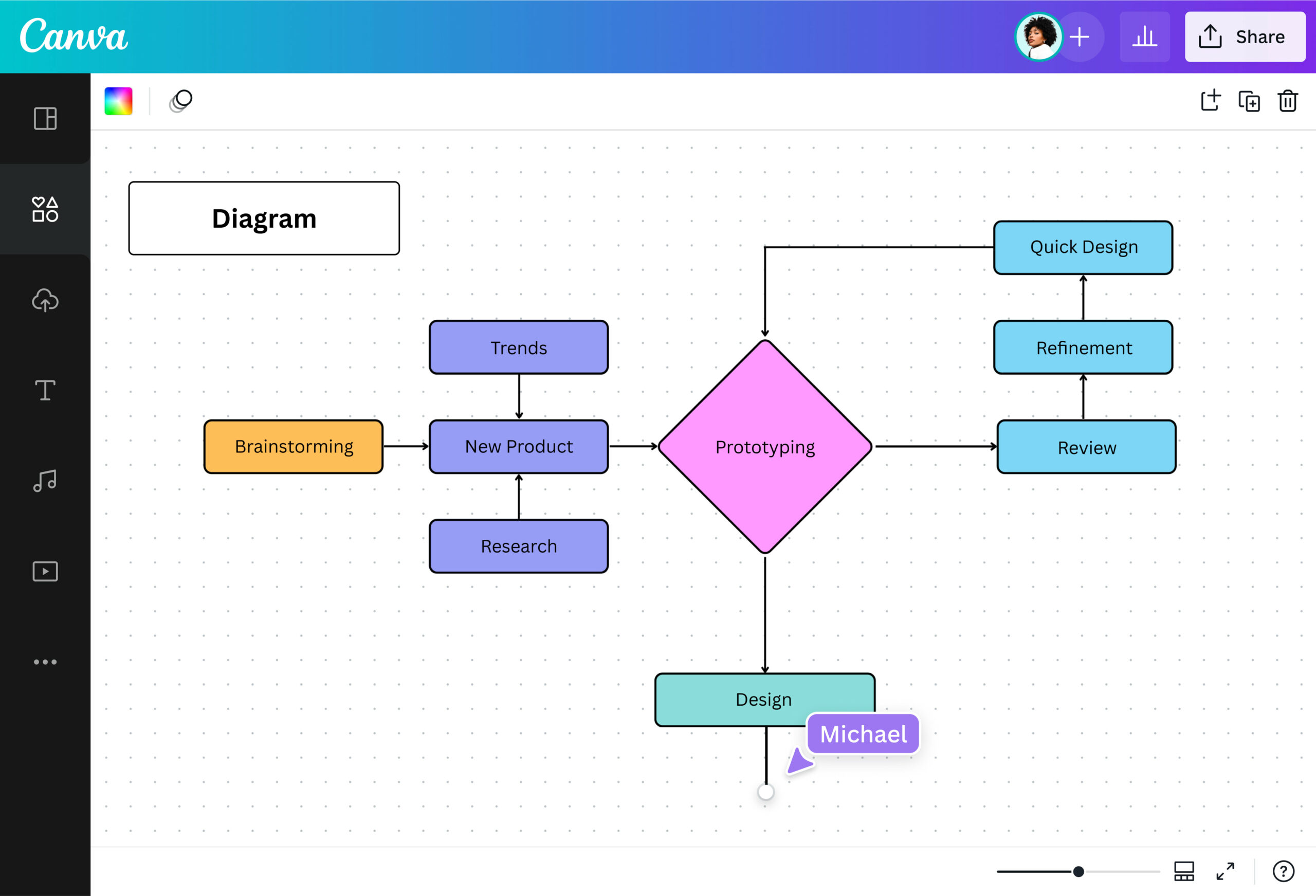Understanding the intricate workings of a well system is crucial for homeowners, businesses, and agricultural operations alike. A well system is not merely a bore hole; it encompasses a myriad of components and processes that work harmoniously to provide water from underground aquifers. This article will delve into the various components of a well system, elaborate on their functions, and elucidate how these systems operate as a coherent whole.
At first glance, a well may appear to be a simple hole dug into the ground; however, the layers of complexity beneath the surface reveal much more than meets the eye. The fundamental components of a well system include the wellhead, casing, pump, pressure tank, and various fittings and controls. Each component plays a significant role, working in tandem with the others to ensure an efficient water supply.
The first component worth discussing is the wellhead. This is the visible part of the well that protrudes above ground. Typically made from heavy-duty materials, the wellhead secures the well and prevents contaminants from entering the water supply. It is also the point of access for maintenance and testing. Wellheads usually feature a sealable cap and may include access ports for water samples and pressure gauges.
Next, we have the casing. This essential tubular structure lines the borehole and serves several purposes. Primarily, it prevents the walls of the borehole from collapsing and protects the water from surface pollutants. The casing is usually constructed of steel or galvanized iron, materials renowned for their durability and resistance to corrosion. Casing heights may vary based on water table distinctions and soil conditions, which leads us to the importance of a skilled professional for proper installation.
The pump is perhaps the heartbeat of the well system. It is responsible for drawing water from the aquifer and delivering it to the surface. Several types of pumps can be utilized, including submersible pumps and jet pumps. A submersible pump is positioned at the bottom of the well, submerged in water, while a jet pump is typically located above ground. The choice between these pumps can influence both efficiency and energy consumption, making it worthy of consideration for any well owner.
Once water is drawn to the surface, it is transported to the home or facility through a network of piping. A critical component in this transportation process is the pressure tank. This tank stores the pressurized water and helps maintain a steady supply, minimizing the need for the pump to operate continuously. When a faucet is turned on, the tank supplies water until the pressure drops to a certain level, prompting the pump to engage. This cyclical operation not only enhances efficiency but also prolongs the lifespan of the pump.
Another noteworthy element in well systems is the array of fittings and controls. These can include valves, switches, and sensors that regulate the flow of water and the operation of the pump. For instance, a pressure switch is crucial for turning the pump on and off based on water demand, while check valves prevent backflow, ensuring that the water supply remains uncontaminated.
Beyond understanding components, grasping how a well system operates holistically is vital. The process begins when groundwater is accessed through the well, assisted by the pump. Upon engaging the pump, water is propelled upward, entering the pressure tank once it reaches the surface. Here, this stored water is kept pressurized, allowing it to flow readily throughout the plumbing system whenever required.
Moreover, the interplay between the pump and pressure tank is fascinating. When water is drawn from the faucet, it creates lower pressure within the tank. The pressure switch detects this reduction, activating the pump to replenish the tank. This seamless operation is akin to a dynamic dance—each component moving in perfect harmony to provide water whenever needed.
However, it is essential to consider factors that can impact the well system’s performance. Regular maintenance is paramount to ensure longevity and optimal function. This encompasses periodic inspections of the pump, testing water quality, and checking for leaks in the system. Neglecting these aspects can lead to decreased efficiency and, ultimately, costly repairs.
In summary, a well system comprises a diverse range of components, from the robust wellhead to the efficient pump and pressure tank. Each part plays a distinct role, contributing to the overall functionality and reliability of the system. Understanding these components creates a foundation for effective maintenance and informed decision-making for those relying on well water.
Moreover, awareness of the operational intricacies fosters a sense of appreciation for the technology that delivers this vital resource directly into our homes. The next time you turn on the faucet, take a moment to consider the interconnected systems at play deep underground, working alongside you to ensure your access to clean, fresh water.
